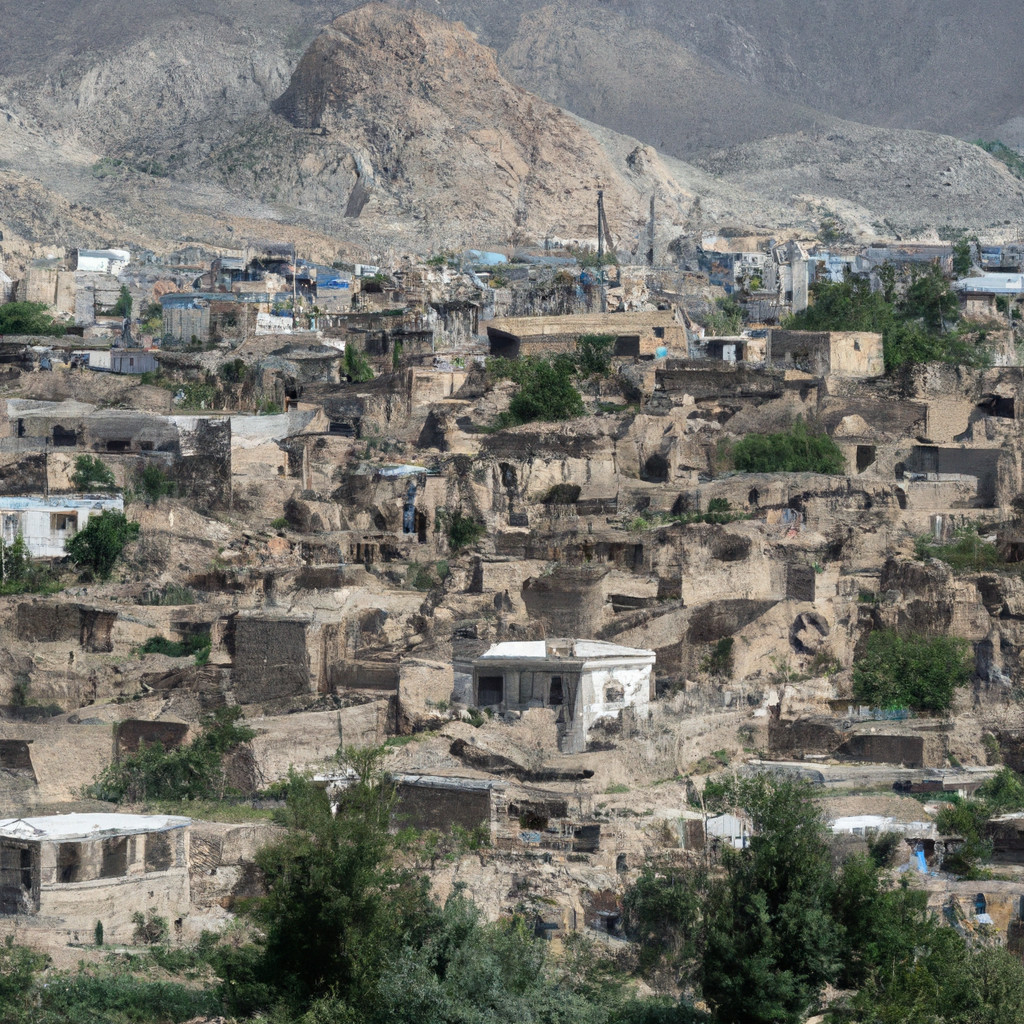Sangin Historical District in Sangin, is one of many fascinating sites that both foreign visitors and local tourists can explore while they visit Afghanistan and exploring Helmand Province. This district, rich with historical treasures and cultural importance, presents a unique glimpse into the yesteryears of Afghanistan’s past. Amid the arid, rugged landscapes of the Helmand Province, Sangin Historical District presents a vivid journey through time, where each architectural detail and cultural artifact narrates the intricate tapestry of Afghan history.
Sangin Historical District Most Important Events
- The Siege of Sangin (2006): One of the most ground-shaking events in Sangin history unfolded during the Second Anglo-Afghan War. The brutal siege marked a pivotal moment, showcasing the district’s strategic importance and fortitude.
- The Prehistoric Era Discoveries (20th Century): Historical research and excavations have revealed profound insights into the past civilizations that thrived in this region. The discovery of artifacts dating back to the prehistoric era has significantly shaped our understanding of the history of Sangin.
- The Restoration Projects (21st Century): Over the years, considerable efforts have been undertaken to restore and preserve the historical buildings and landmarks in Sangin Historical District. These projects not only add to its cultural significance but also serve to attract more visitors each year.
History of Sangin Historical District in Sangin
Sangin Historical District has a rich and layered history. The earliest evidence of human settlements in the area dates back to 3,000–2,000 BC, during the Bronze Age. This period left a significant mark through artifacts discovered here, several of which are now cherished in museums worldwide.
During the mid-18th century, Sangin developed into a significant hub under the reign of Ahmad Shah Durrani, the first leader of modern Afghanistan. Known for his forward-thinking approach, he effectively turned Sangin into a vibrant river port, enhancing trade and commerce in the region. Over the centuries, the district has weathered countless changes, yet it has retained its distinct historical and cultural identity.
Fast forward to the 21st century, the district’s landscape echo vivid stories of ancient civilizations, early dynasties, intense wars, and an ever-evolving culture. The ongoing conservation projects bear testament to its robust history, promising to safeguard the district’s historical integrity while embracing its future.
Why It’s Important to Afghan History
Sangin District plays a critical role in shaping Afghanistan’s historical narrative. Its strategic location along the Helmand River has played a crucial part in its historical evolution, influencing the ebbs and flows of power and civilization in the region. As an archaeological treasure trove, Sangin has contributed immensely to unraveling Afghanistan’s prehistoric past, playing a significant role in cultural studies and historical research.
Moreover, Sangin’s history is integrally linked to the growth of the Afghanistan we know today. Whether it’s the ancient artifacts that narrate tales of early civilizations or the historical sites bearing signs of the area’s strategic importance, every element contributes to the broader tapestry of Afghan history.
Why to Visit Sangin Historical District
Marvel at the architectural grandeur and the serene vista of rugged landscapes that surround Sangin Historical District. Each corner of this district offers a new perspective into the robust history of Afghanistan. The meticulously restored landmarks convey the region’s resilience while the splendid landscapes embody the rustic charm of rural Afghanistan.
Experience a realm where time seems to stand still as you journey through antiquated landscapes steeped in history. Traverse through narrow winding streets lined with traditional Afghan houses, meticulously restored forts standing tall against time, and lush agricultural fields nourishing the district with their bounty.
- Ancient Forts and Buildings: Immerse yourself in the grandeur and fine architectural detailing of the time-tested structures.
- Breathtaking Landscapes: Soak in the serene beauty of the rugged countryside, where tradition meets tranquility.
- Historical Antiquities: Feast your eyes on the rich collection of artifacts exhibiting Afghanistan’s prehistoric civilizations.
- Local Markets: Dive into the vibrant culture and traditional crafts of Afghanistan by exploring its lively markets.
- Remarkable People: Engage with the friendly and hospitable locals who keep the spirit of Sangin alive:
Sangin Historical District is located in the northeastern part of Helmand Province. To reach the district, you can take a bus from Lashkar Gah, the provincial capital. The best time to visit the district is during the spring (March-May) and fall (September-November) when the weather is mild and pleasant.
Cultural & Tourist Significance
Over the years, Sangin has earned a reputation for its rich cultural heritage, and traditional Afghan hospitality, making it an intriguing attraction for tourists. The thriving local marketplaces pulsate with energy, presenting a captivating display of traditional Afghan craftwork, embroidery, and culinary delicacies.
Sangin’s cultural and tourist significance does not stop at its historic sites. The vibrant traditional festivals celebrated throughout the year serve as a window to the community’s rich cultural tapestry, reflecting the harmonious blend of diverse ethnic and tribal groups residing in the region.
Offering an-atypical travel lane, Sangin Historical District serves a captivating haven for history enthusiasts, archaeology lovers, and culture vultures. Combine this with its serene landscapes, and it’s no surprise that the district is gradually rising as a beacon of tourism in Afghanistan.
Interesting Facts
Despite the rugged and arid landscapes, Sangin is home to a thriving agricultural community. The district’s fertile lands produce an array of crops, most notably pomegranates, grapes, watermelons, and wheat.
One of the charming traditions that still persist in Sangin is the vibrant ‘Attan’ dance. This traditional Afghan dance representing unity and camaraderie creates an unforgettable spectacle during local festivals and celebrations.
Many believe that Sangin is a place of myths and legends. It is said that beneath the rugged landscape lie hidden treasures from centuries-old civilizations. While some of these stories are invested as local folklore, others have been scientifically proven through archaeological excavations.
To conclude, Sangin Historical District is not just a physical location; it’s a vibrant narrative sewn onto the grand tapestry of Afghan history. It symbolizes both the resilience and richness of Afghanistan’s culture and history, offering an unmatched experience to anyone fortunate enough to visit.


